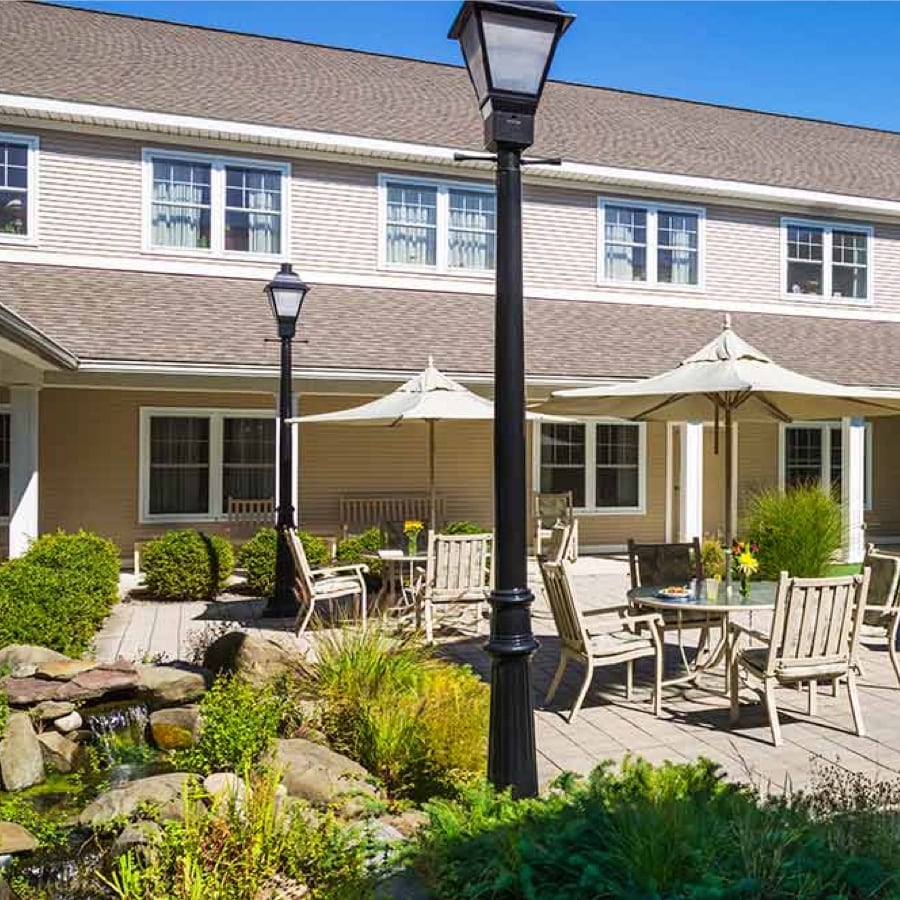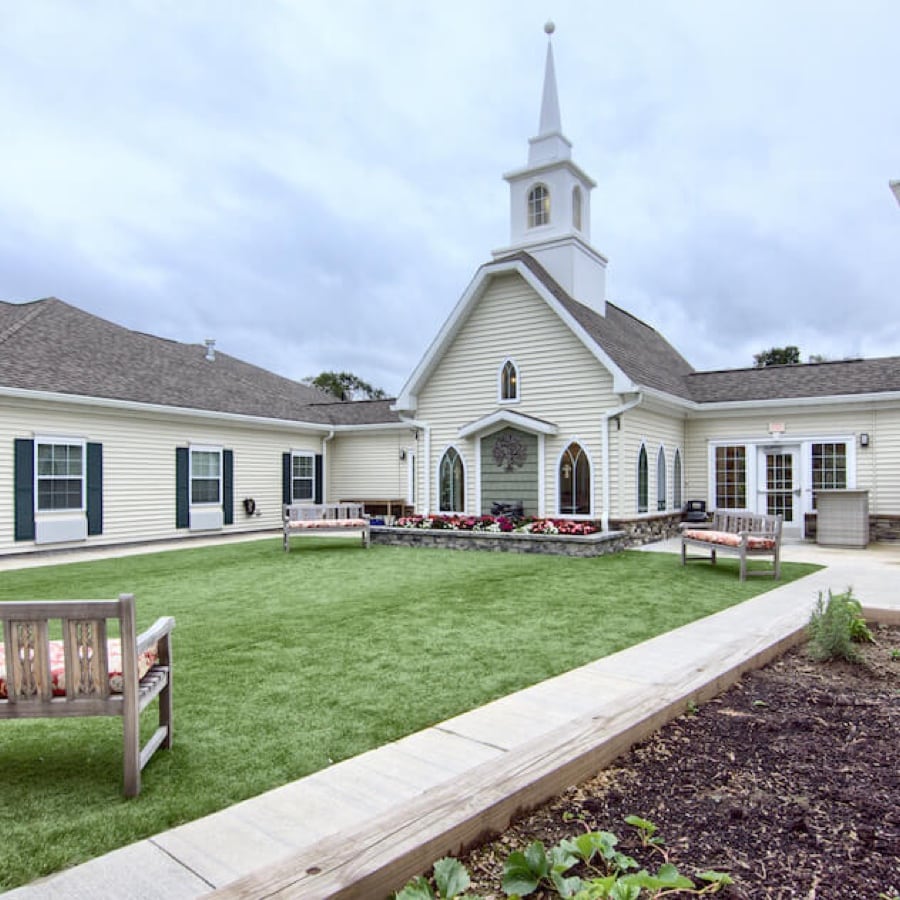Celebrating Alzheimer’s Awareness Day on September 21 is a bit like our confrontation of global warming or the global population explosion; we understand the causes, but as a society, we have no idea how to respond. For Baby Boomers this is just the latest, and probably the last, great social upheaval we are to live thru: civil rights, the sexual revolution, Reaganomics and the internet. And now Alzheimer’s, the least silent killer we all live with but never discuss and choose to suffer thru in silence as our prayers remain unanswered. For according to the Alzheimer Association there is no cure or meaningful slowing of the disease process.
We all have heard the statistics. Currently there are 5.2 million Americans with some form of dementia and that number will increase by 38% in the next ten years reaching over 7 million. Put another way, 40% of the people reading this essay either you or your spouse will be directly afflicted by the disease, if you reach your mid 70’s. The dreaded monster of dementia is currently attacking our parents, but as we all know, it awaits each of us.
We understand the disease process. As we age protein deposits and neurofibrillary tangles build up in the brain gradually shutting down brain function most notably in areas controlling short term memory and cognition. Compounding this slow death is the inevitable consequence of our physical decline as our vision, hearing and mobility are challenged. We are left living increasingly isolated and living in the past measuring time” not in minutes but in memories”. So the challenge for our generation is how to embrace our long term memories to enhance comfort, but perhaps more challenging, what do we do if one’s long term memories are frightening and traumatic? This is the great conundrum.
As a society facing this short term/long term memory balance, we fall squarely on the side of trying to preserve short term memory as the preferred strategic approach. Memory care facilities are frequently marketing their ability to preserve short term memory through exercise, diet and computer games. If you see your physician, he will prescribe Aricept to slow the disease process, and when you turn on the television, you see commercials of jellyfish supplements and the benefits of mental exercise games like Luminosity, or learning a second language.
This desire to try to keep a loved one in the present is understandable as we are terrified of losing the ones we love as they slip away into the past. But again as the Alzheimer’s Association will tell you, these approaches are ultimately fool’s gold, and I believe the more efficacious approach is to give ourselves over to comforting long term memories such as religion, music, and joyful reminiscing.
But if the past is terrifying or frustrating, the journey can be perilous. People with no history of mental illness can be verbally abusive, violent, and paranoid. In dealing with this challenge the leader and pioneer is the underappreciated Naomi Feil. She calls her approach the Validation Method.
Fundamental to Feil’s approach is that all behavior, no matter how irrational, has a cause in the past. If a woman tells me that there is a man in her room, she is not hallucinating but reliving either a traumatic memory or expressing an unresolved life adjustment to say, sexuality or intimacy. Modern psychology since Freud would tell us that thru psychoanalysis that discussing past suppressed memories we can properly put the event in perspective and help to adjust our behaviors.
The problem however is that with dementia patients, they don’t possess the requisite cognitive ability to process an analysis of the past and answer a “why “ question. They are afraid and don’t want to relive the past yet because they are losing control as they age, they can no longer suppress these long term unresolved memories.
Feil accepts this truth, but argues persuasively that thru empathy and non-judgmental dialogue, that these stressful emotions can be relieved and lessened. To achieve this she recommends listening and attempting to elicit conversation by asking questions about the who, what, and when, of a disturbing memory, but not the why. If a 80 year old woman tells you that her father is picking her up for dinner, you don’t remind her that her father died in a car accident 50 years earlier forcing her to relive the tragedy, nor do you lie to her and tell her that he has just called and said he couldn’t make it tonight. Down deep, she knows you are lying and will lose trust in you. Rather Feil then suggest you say,” tell me about your father”, and let her talk.
The great insight here is that thru a non-threatening dialogue with an empathetic and non-judgmental listener, painful emotions can be relieved and lessoned, without being traumatic and threatening. Feil offers many techniques to achieve this that include repeating phrases of the residents as questions, or asking an ambivalent question like “ was there ever a time that there wasn’t a man under your bed”? But the key here is that healing may occur thru expressing feeling without reliving them. And keep in mind that the only real alternative to this model of care is either physical or pharmaceutical restraints.
So as we ponder these challenges on Alzheimer’s Awareness Day, we must appreciate how daunting is that task before this generation and how far we have to go before we have a meaningful model of care that offers comfort and healing to our loved ones and for ourselves. But if the Baby Boomers want to take a longer view, they should look at themselves and their own unresolved emotional issues while they still possess the cognitive ability so that they can avoid a stressful and painful old age.











